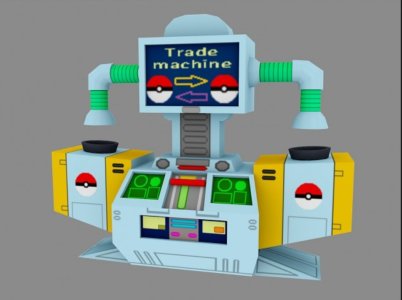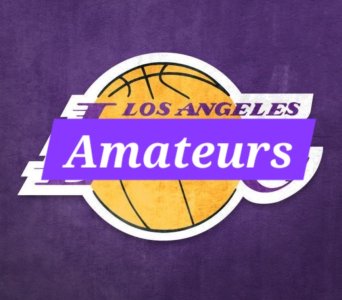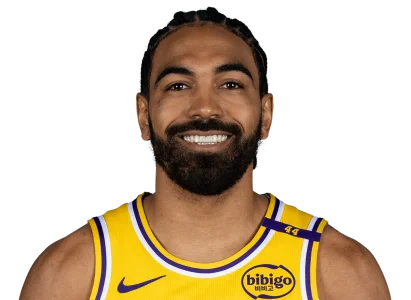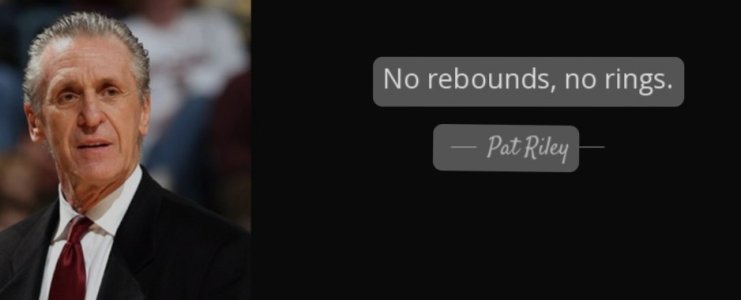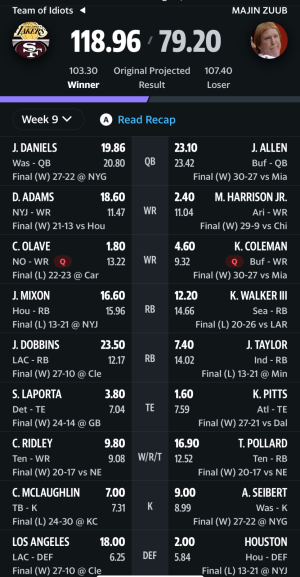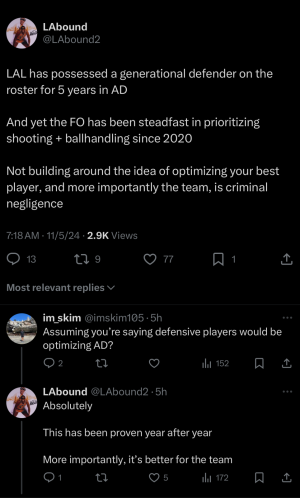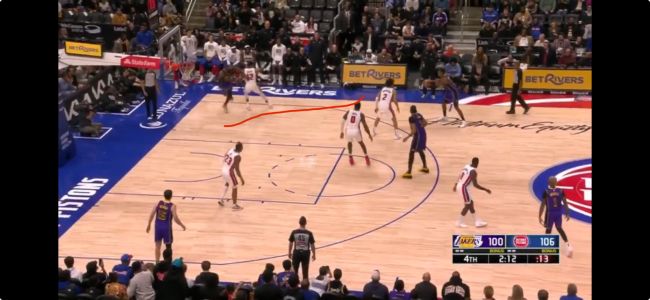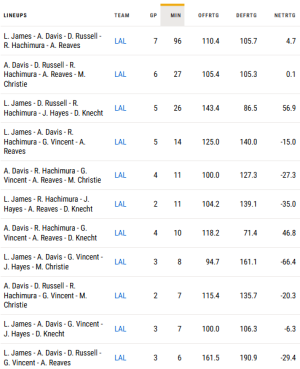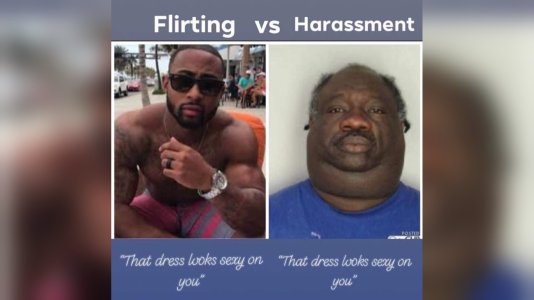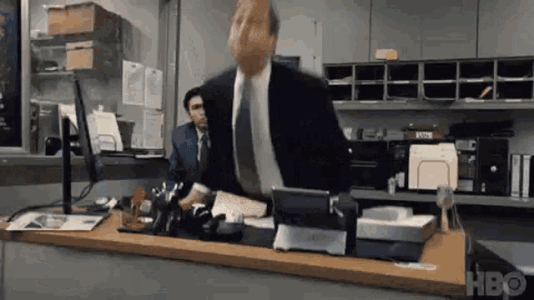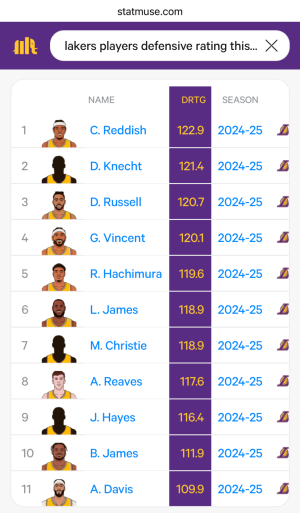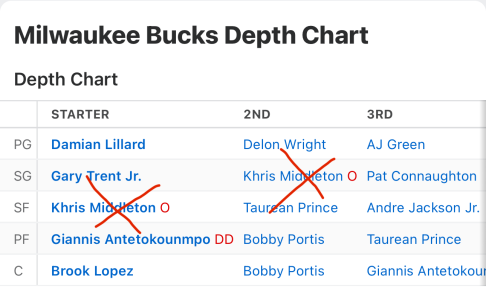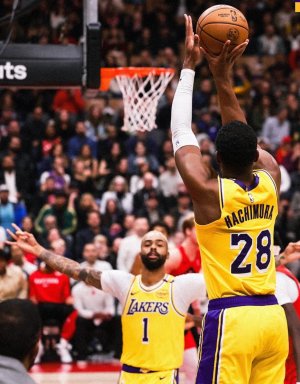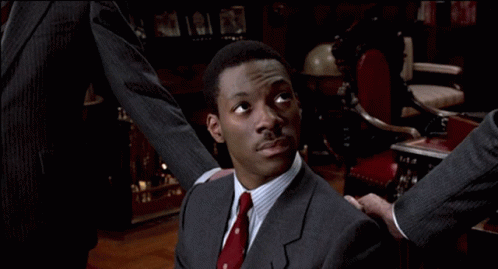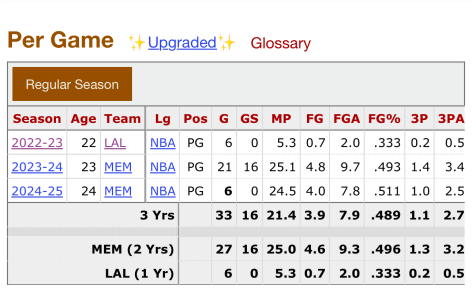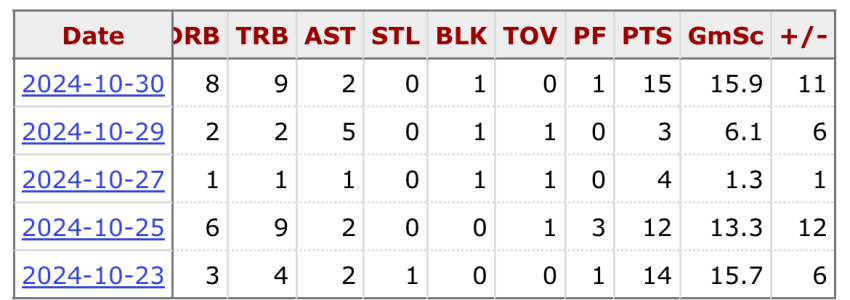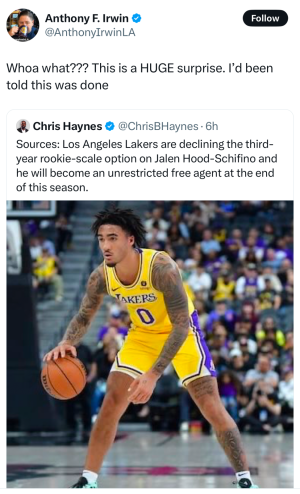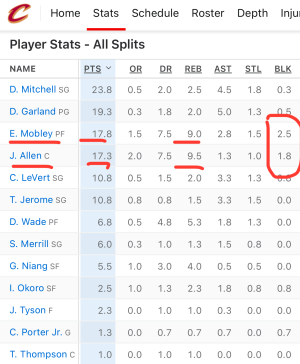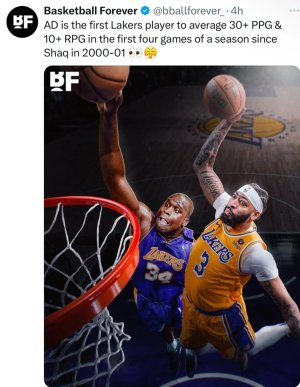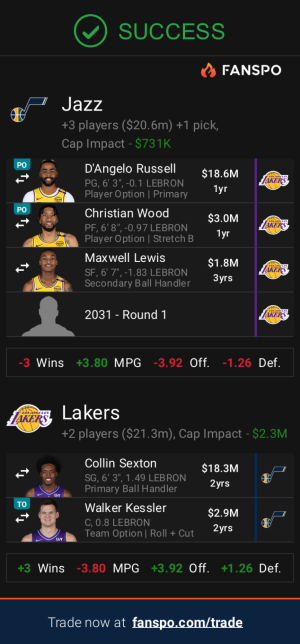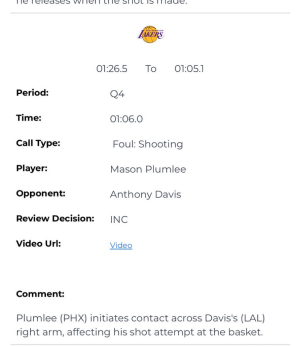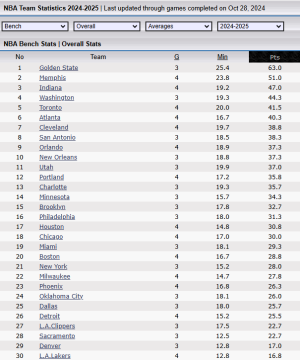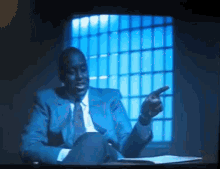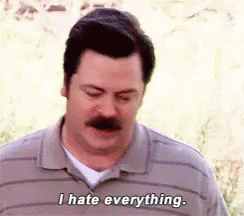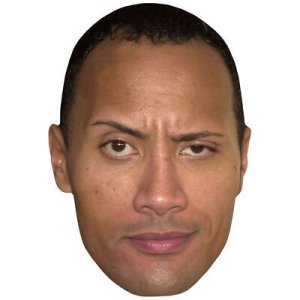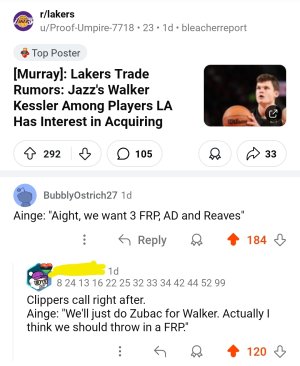Lakers’ Russell stands to benefit from draft
In mid-March, Luke Walton and the Los Angeles Lakers decided to start tinkering with their lineups. One of the biggest changes was moving perceived franchise point guard D’Angelo Russell into a role where he played more off the ball than he had in any time since he was drafted by the team in 2015.
Russell had become a hot name leading up to the 2015 NBA Draft thanks to his comfort with the ball and ability to make plays for himself and his teammates. As a freshman at Ohio State, he racked up a Usage Rate of 30.2 percent (via sportsreference).
During Year 2 with the Lakers, Russell’s Usage Rate according to basketball-reference was above 25 percent for every month except March (25.9 percent) and April (25.2) — which happen to be the two months he was moved off the ball.
Without the task of initiating the offense, the Lakers let a rotating cast of Brandon Ingram, Jordan Clarkson, Julius Randle and Tyler Ennis take on that role along with Russell.
Russell was able to showcase his other skills (mostly shooting and cutting) down the stretch. This move was likely made with an eye on the 2017 NBA Draft. With control of their pick now established and a jump up to No. 2 overall, it’s more likely than not that either Markelle Fultz or Lonzo Ball will be pairing up with Russell in the Lakers’ backcourt next year.
Each prospect is capable of playing off the ball, but it is more likely that they’ll reach their potential if entrusted with the duties of a lead guard. This experiment of Russell as the “shooting guard” (positions are dead in 2017, catch up world) was more to see whether or not the second-year guard would be able to fit next to another primary ball-handler.
In my opinion, Russell passed with flying colors.
For the better part of his basketball career, Russell has functioned more as a secondary ball-handler than a lead guard. During his days at the illustrious basketball factory that is Montverde Academy, he played off the ball as Kasey Hill and Ben Simmons often served as the primary ball-handlers for the team.
In Russell’s lone year with the Buckeyes, he shared the duties of offensive initiator with then senior guard, Shannon Scott.
Russell has been playing off the ball for a long time now — it was the transition to full-time point guard that was the major change for him. Splitting time between being on and off ball will be much more natural for him.
Walton’s offense features a lot of motion, a lot of cuts, a lot of screens and a lot of pick-and-rolls. We’ve seen what Russell can do on pick-and-rolls on a nightly basis for two years, but it’s the other areas where we will take a look at what the 21-year-old has been able to do.
First, let’s start with cuts. As noted in the previous paragraph there is tons of off-the-ball movement incorporated into Walton’s system. This is something he brought to the Lakers from his time as the Warriors’ lead assistant under Steve Kerr.
However, in Year 1 under Walton, Russell didn’t finish many possessions as a cutter (ended the year with only 2.3 percent frequency). Yet, when Russell did get the ball on his cuts he converted at a high-level.
He averaged 1.38 points per possession (PPP) on cuts and registered an effective field goal percentage (EFG%) of 66.7.
In the video below, you can see how there are numerous opportunities for Russell to cut to open space for easy looks. The last cut shows Russell’s court awareness as he is able to read the rotating defenders and exploit the open lane to get an easy layup off Clarkson’s baseline penetration. That type of basketball IQ will be relied on even more with a guard that possesses Fultz’s or Ball’s court vision.
Next we can take a look at Russell’s ability to convert on spot-up jumpers. With the Lakers running more pick-and-rolls than the Warriors there are going to be more spot-up shots available. Again, it wasn’t necessary the largest volume in terms of shots Russell took (just an 11.5% frequency) he was able to convert a good share of those chances.
He scored 0.98 PPP on spot up jumpers with a 50.4 EFG%. Watch as he is able to get his shot off quickly as the defense has collapsed on the likes of Randle and Clarkson. That quick-release will allow for him to get looks off if his defender makes the slightest move away from Russell on the perimeter.
Also, Russell will now be getting more looks off screens, while that frequency was low as well for him (5.2%) he shot 54 EFG% on these plays. Finding video proved more difficult for these plays, there is one example of him connecting from deep off a pin down. The other clips show Russell shooting after relocating to an open area.
Finally, just because Russell won’t have the title of “point guard” (again, positions are useless in 2017) doesn’t mean that he will stop being one of the team’s better playmakers. In fact moving him off the ball might end up opening more looks for him when he does get the ball.
The video shows him working through play progressions and then ultimately delivering the ball to a teammate in prime position to score. Rather than have the other four players on the floor react to a pick-and-roll for Russell, they can now run a portion of their sets and then allow Russell to work his magic with the rest of his team already in motion.
While Clarkson, Ingram and Randle are all solid NBA players, none of them were truly capable of being the backcourt or ball-handling partner that Russell thrives next to. Fultz and Ball are both the type of guard that will allow Russell to be his best version.
At just 21, we are nowhere close to seeing what Russell will look like as a finished product. Allowing him to try his hand at different things is the only way to find out where he will truly excel. For my money I have firmly placed my eggs in the “off-ball creator” basket.
Next year begins the rebirth of Russell. If successful, the Lakers franchise could be well on its way back to the pedestal it has sat on for so long.
*All stats via Synergy unless otherwise noted*

















